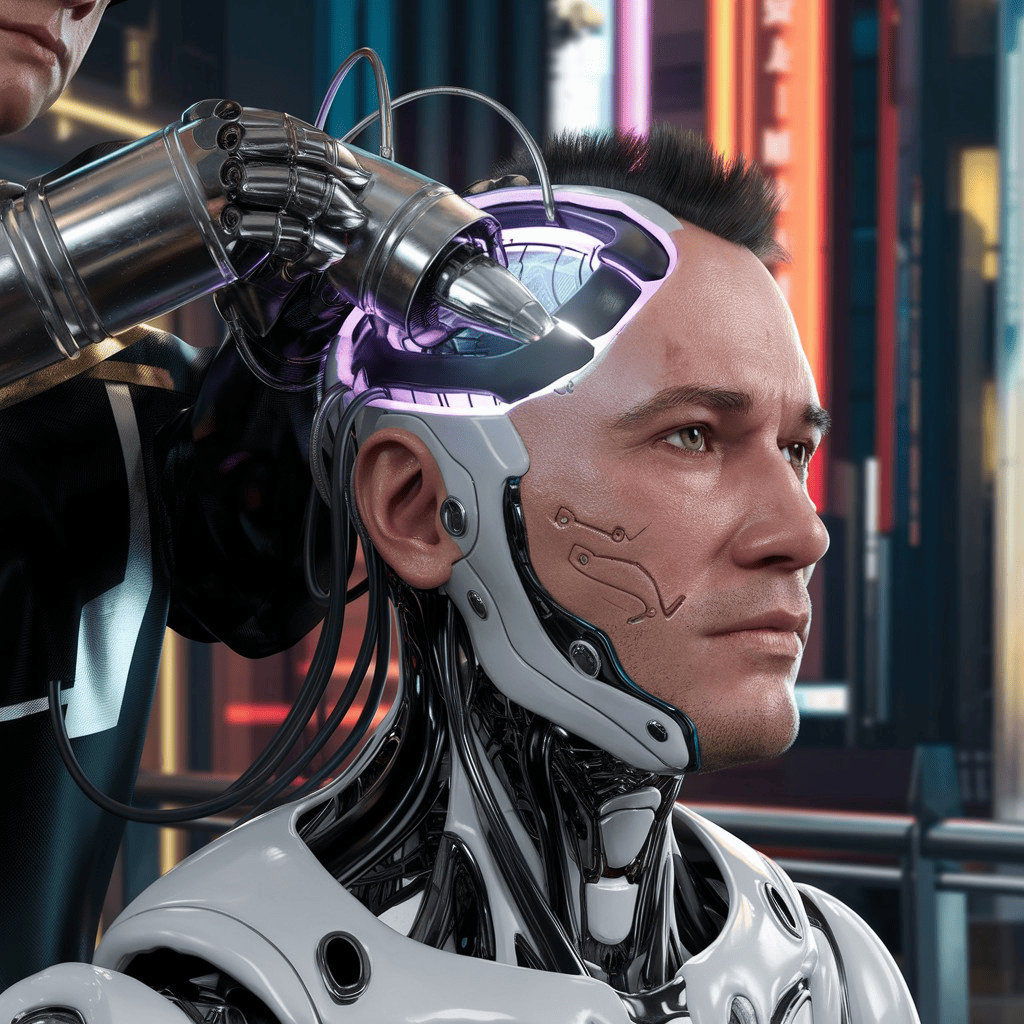Physical Address
304 North Cardinal St.
Dorchester Center, MA 02124
Physical Address
304 North Cardinal St.
Dorchester Center, MA 02124

We are living through the Fourth Industrial Revolution, an era where artificial intelligence (AI), robotics, and digital surveillance are seeping into every aspect of our lives. The world is more connected than ever, yet humanity itself remains unchanged. While our technology advances at breakneck speed, our brains are still wired for a world that no longer exists.
But what does this mean for freedom, privacy, and control? Are we moving toward a society where our decisions are dictated by algorithms, and our every move is tracked, traced, and stored?
The Fourth Industrial Revolution is defined by a fusion of the physical, digital, and biological worlds. Here’s what that looks like:
But while these technologies promise convenience, they also bring an unprecedented level of surveillance and control.
From social media to online banking, algorithms dictate what we see, what we buy, and even who we meet. Consider this:
But it doesn’t stop there. Governments and corporations are using these same tools to track, monitor, and predict human behavior—a key feature of digital tyranny.
Every time you browse the internet, you leave a digital footprint. Websites track your activity through cookies, tiny data files that collect information about your browsing habits.
🔹 Persistent Cookies – Remain on your device, tracking your movements even after you close your browser.
🔹 Tracking Cookies – Monitor which pages you visit and how long you stay.
🔹 Advertising Cookies – Build a profile on you to show targeted ads.
🔹 Performance Cookies – Collect data about website performance and user interactions.
These cookies are traceable, trackable, and hackable—essentially allowing corporations and governments to monitor and predict your actions in real time.
Did you know that 90% of the internet is inaccessible through traditional search engines? The deep web and dark web contain vast amounts of information, yet most people only ever see the tightly controlled 10% of the surface web.
🔹 Onion sites (.onion) – Unlike standard websites, onion sites use multiple layers of encryption and cannot be tracked in the same way.
🔹 Tor Browser – A privacy-focused tool that routes internet traffic through a decentralized network, making it nearly impossible to track your online activity.
🔹 Tails OS – A live operating system designed to leave no digital footprint.
While mainstream narratives associate the dark web with criminality, the truth is that the most corrupt individuals operate in broad daylight on the “legitimate” web—where everything is monitored, controlled, and censored.
The fight against digital tyranny starts with knowledge and action. Here are some steps you can take:
1️⃣ Control Your Data – Disable tracking cookies, use privacy-focused browsers, and minimize your digital footprint.
2️⃣ Decentralize Your Information Sources – Don’t rely on Big Tech for news and communication. Explore alternative platforms.
3️⃣ Learn About Online Privacy Tools – Tor, VPNs, and encrypted messaging apps help protect your information.
4️⃣ Support Decentralized Technologies – Cryptocurrencies, peer-to-peer networks, and open-source software reduce reliance on corporate-controlled systems.
5️⃣ Spread Awareness – The more people understand digital control mechanisms, the harder it becomes for them to succeed.
This is just the beginning. The push toward AI-driven control systems is accelerating, and our resistance must keep pace.
👉 Read more: 10 Best Ways to Resist the Cashless Control Grid Before It’s Too Late
Now it’s over to you: Do you think we are merging with the machine, or can we break free? Drop your thoughts in the comments below!